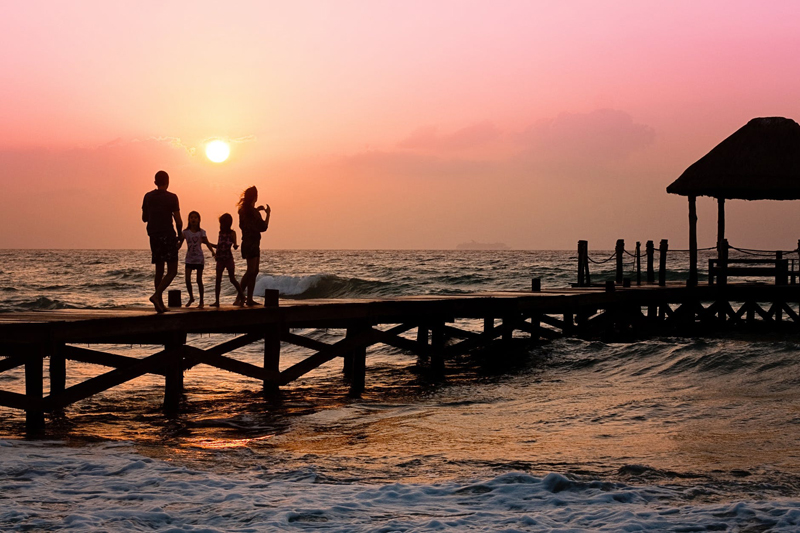Nebraska State Facts

Ever get curious about the statistics of states? Whether because you live there, have a lovely aunt who does, and/or are contemplating making a cross-country migration to make a new state your home.
This article is going to focus on Nebraska and a slough of factoids that could prove to be helpful to those seeking the bare facts about the state!
The capital of Nebraska is Lincoln.
The estimated state population is 1,768,331 people.
As of 2005 there were 766,951 housing units.
There is 76,872 square miles of land area.
The two largest cities in Nebraska are Omaha (with a population of 390,007) and Lincoln (with a population of 225,581).
The smallest town is Funk (with a population of 204).
Those were some of the brass tacks facts. Now let’s get into some of the more colorful facts (not that a town named Funk isn’t colorful!).
The origin of the state name came from the Oto Indian word nebrathka which means “flat water”. The water being referred to here is the Platte River.
Nebraska entered the Union on March 1, 1867, making it the 37th state.
The state’s nickname is the Cornhusker State.
The state song is “Beautiful Nebraska”.
Nebraska’s motto is Equality Before the Law.
The flag has a seal in the center of it that is gold and silver. The seal is on top of a blue backdrop.
The official state seal has several images on it. There is a farmer’s cabin, sheaves of wheat, and corn present to represent their agriculture. A blacksmith is upon the seal to represent the mechanic arts. Above all of this is the state motto (see above). Serving as the background is an image of a steamboat going down the Missouri River headed for the Rocky Mountains. The entire seal is encompassed by the phrase “Great Seal of the State of Nebraska. March 1st 1867.”
The state bird is the lovely western meadowlark.
Fortunate for them, Nebraska gets to claim the honeybee as its state insect.
The wispy, yellow goldenrod is the state flower.
The state tree is the western cottonwood.
The state grass is the little bluestem.
The lovely blue agate is the state gem.
The prairie agate has claimed dibs on being the state rock.
And last, but not least, the state fossil is the mammoth.
This article is going to focus on Nebraska and a slough of factoids that could prove to be helpful to those seeking the bare facts about the state!
The capital of Nebraska is Lincoln.
The estimated state population is 1,768,331 people.
As of 2005 there were 766,951 housing units.
There is 76,872 square miles of land area.
The two largest cities in Nebraska are Omaha (with a population of 390,007) and Lincoln (with a population of 225,581).
The smallest town is Funk (with a population of 204).
Those were some of the brass tacks facts. Now let’s get into some of the more colorful facts (not that a town named Funk isn’t colorful!).
The origin of the state name came from the Oto Indian word nebrathka which means “flat water”. The water being referred to here is the Platte River.
Nebraska entered the Union on March 1, 1867, making it the 37th state.
The state’s nickname is the Cornhusker State.
The state song is “Beautiful Nebraska”.
Nebraska’s motto is Equality Before the Law.
The flag has a seal in the center of it that is gold and silver. The seal is on top of a blue backdrop.
The official state seal has several images on it. There is a farmer’s cabin, sheaves of wheat, and corn present to represent their agriculture. A blacksmith is upon the seal to represent the mechanic arts. Above all of this is the state motto (see above). Serving as the background is an image of a steamboat going down the Missouri River headed for the Rocky Mountains. The entire seal is encompassed by the phrase “Great Seal of the State of Nebraska. March 1st 1867.”
The state bird is the lovely western meadowlark.
Fortunate for them, Nebraska gets to claim the honeybee as its state insect.
The wispy, yellow goldenrod is the state flower.
The state tree is the western cottonwood.
The state grass is the little bluestem.
The lovely blue agate is the state gem.
The prairie agate has claimed dibs on being the state rock.
And last, but not least, the state fossil is the mammoth.

Related Articles
Editor's Picks Articles
Top Ten Articles
Previous Features
Site Map
Content copyright © 2023 by Amanda Masoner. All rights reserved.
This content was written by Amanda Masoner. If you wish to use this content in any manner, you need written permission. Contact Mystic Ransdell for details.




